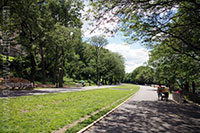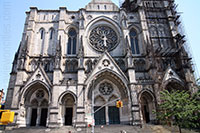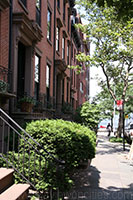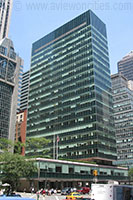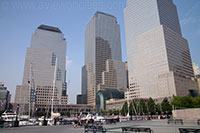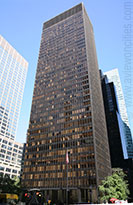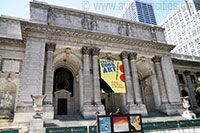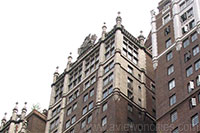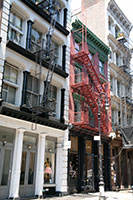Union Square was created in the early 19th century at the convergence of what is now Broadway and Fourth Avenue. The square is a popular place for political rallies and public protests. It is also known for its Greenmarket, an outdoor market where local farmers sell fresh produce.
History
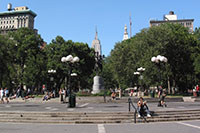
Union Square
Originally used as a potter's field, the history of the current square goes back to 1811 when the gridiron plan of Manhattan, originally conceived in 1807, was approved. The area was named Union Place since it was the site of the 'union' of two major streets: Broadway and Fourth Avenue (then Bloomingdale Road and Bowery Road). It was officially designated as a public space in 1831.
